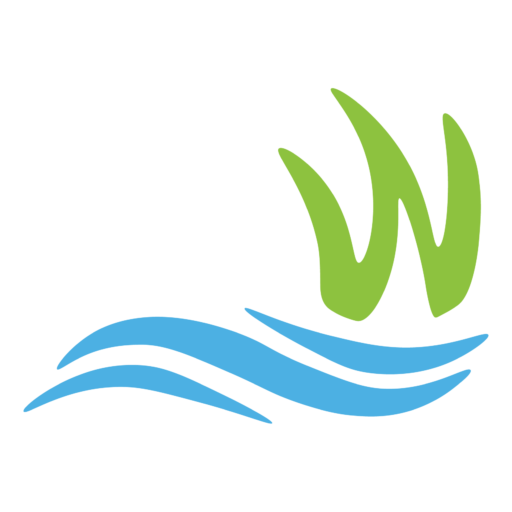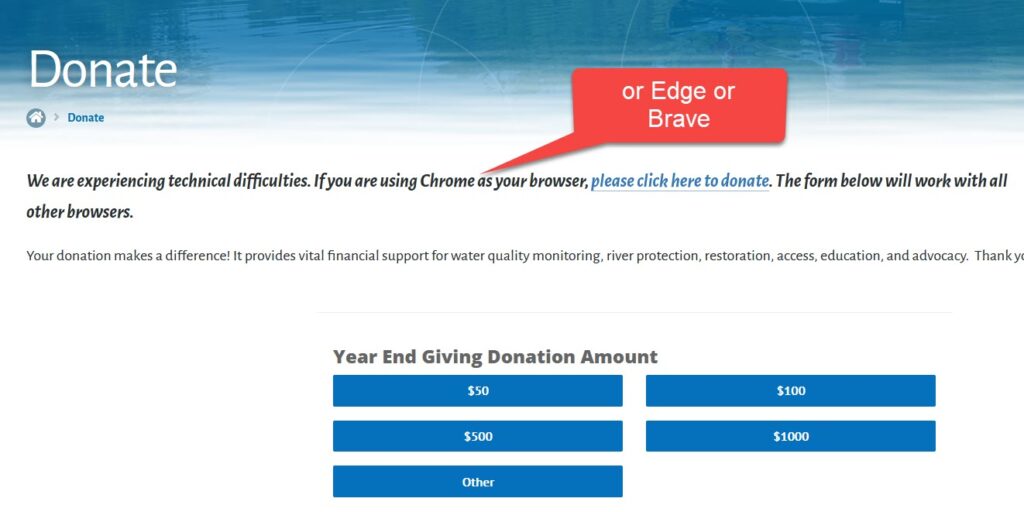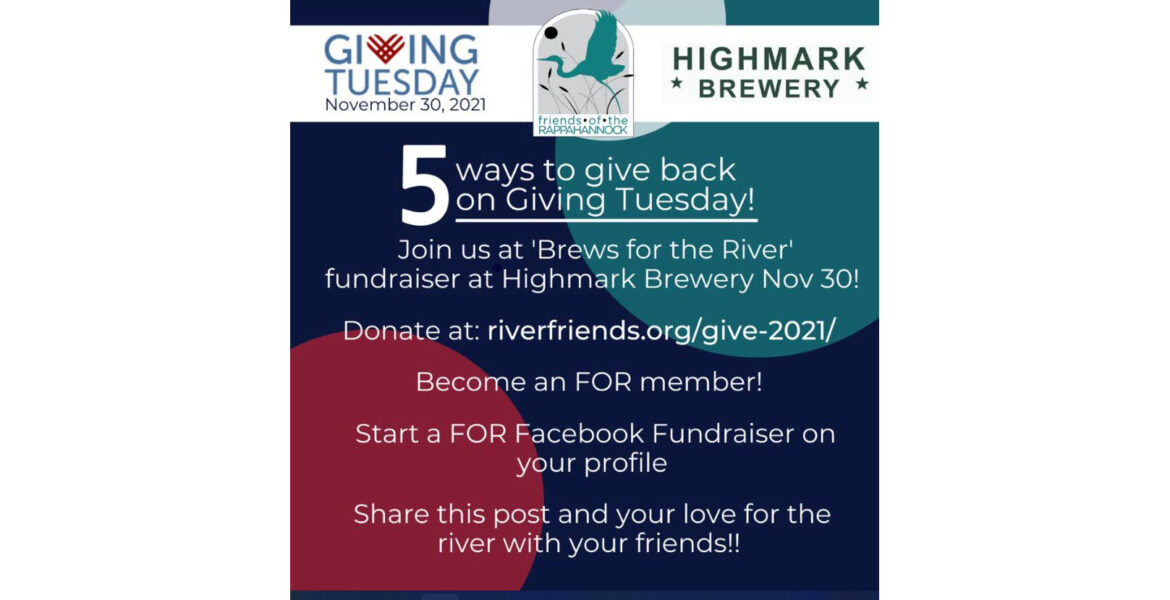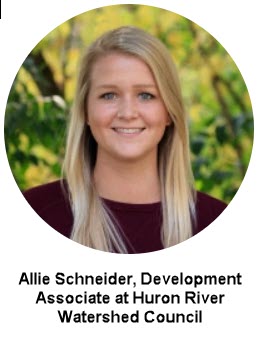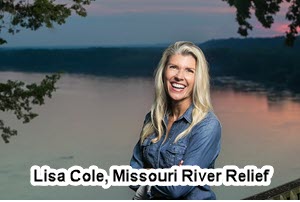
Surprise! There’s no easy time, especially if your organization uses your system regularly.
Imagine updating the electrical in your home while you’re still living there…changing your organization’s database, or CRM, can be similarly inconvenient and even stressful. In fact, it would be surprising if such a big change didn’t have an effect on day-to-day operations.
Here are a few suggestions, from our team and our clients, on how to time this important switch. Because while it may never be easy, planning will make it easier.
Better Times
- During Your Slow Season: For some organizations there are 1-2 months where operations and fundraising “slow” down and staff are graced with a planning period. This is a strategic time for loading data into a new database, setting up the next season’s events, and testing and working out any kinks in processes.
- 💡Tip: If your organization has no slow season (for example, the slow season for volunteering is the peak season for fundraising, and vise versa), a longer transition and some overlap with previous systems may be necessary. That way each team that needs to be set up in the new database can do the work when the time is most ideal for them.
- While Your Experienced Staff is Available: Moving to a database usually involves cleaning up your data, and for that you need staff who can judge what’s essential and what’s outdated. Then, once you get to the new software, you’ll need to compare reports from the two systems to see that they match.
- When Current Database/Software Is Up for Renewal: Some database systems lock clients into multi-year contracts. If this is the case for your organization’s current system, the year the contract expires is the most economic time to switch.
- 💡Tip: Start these conversations with your team about a year in advance of any deadline and build in some time for an overlap of the new and old software.
Tougher Times
- During Large Fundraising Events: The bread and butter of many databases is managing donors and their donations. Switching to a new database in the middle of a large appeal could hurt an organization’s bottom line. Donations need to be tracked accurately, donors need to be thanked promptly, and software glitches need to be avoided.
- 💡Tip: Schedule a large buffer here, and if possible, plan for some smaller “pilot” fundraisers before you take on your largest event.
- Before Financial Deadlines and Audits: At the end of the fiscal year or during an audit, it’s especially important that your donor records match your financial records. Wrap up your work for these large tasks before changing anything up.
More Tips
💡Create a Calendar/Schedule: Get your team in the same room and create a calendar. Include previous software expiration dates and time for data loads, system set ups and staff training. For each item, plan in more time than you think you’ll need.
💡Communicate with Your Constituents: While database work is the backend of your organization and one hopes that transitions will appear seamless to your donors, members and volunteers, there is a chance your supporters will notice the change. Let your constituents know that you’re working with new software, how much you appreciate their support and ask them to contact you if they run into any problems. This may even be a good time to lean on your inner circle of supporters, who can help you test new systems before they even go live.
💡Clean Your Data: If your data is healthy (few duplicates, less outdated data, void of erroneous fields of information) it will be easier for you or the new database company to load it into your new system. Data loads are a heavy lift, but this can make it easier.
💡Plan for Staff Training: A tool is only helpful if you know how to use it. Your calendar/schedule for this switch should include time to train any staff or volunteers who will have access.
The WaterGrass Solution
If you’re shopping around for a new database, check out WaterGrass. WaterGrass is a set of tools made for nonprofits (volunteer, event, member and donor management) built on top of the Salesforce CRM. Go here to learn more.
Best of all, WaterGrass staff are here to help. We’ll work with you to load your data into the database, help customize it to fit your needs, and continue to be available for one-on-one training and troubleshooting for your team as long as you’re with us.
Let’s continue the conversation! Click here to contact us.
Thanks to Annie Nelson, Lisa Cole, Sarah Morse, Brittany Chavez, Barbara Budd and Lisa Luokkala for their contributions to this post!
